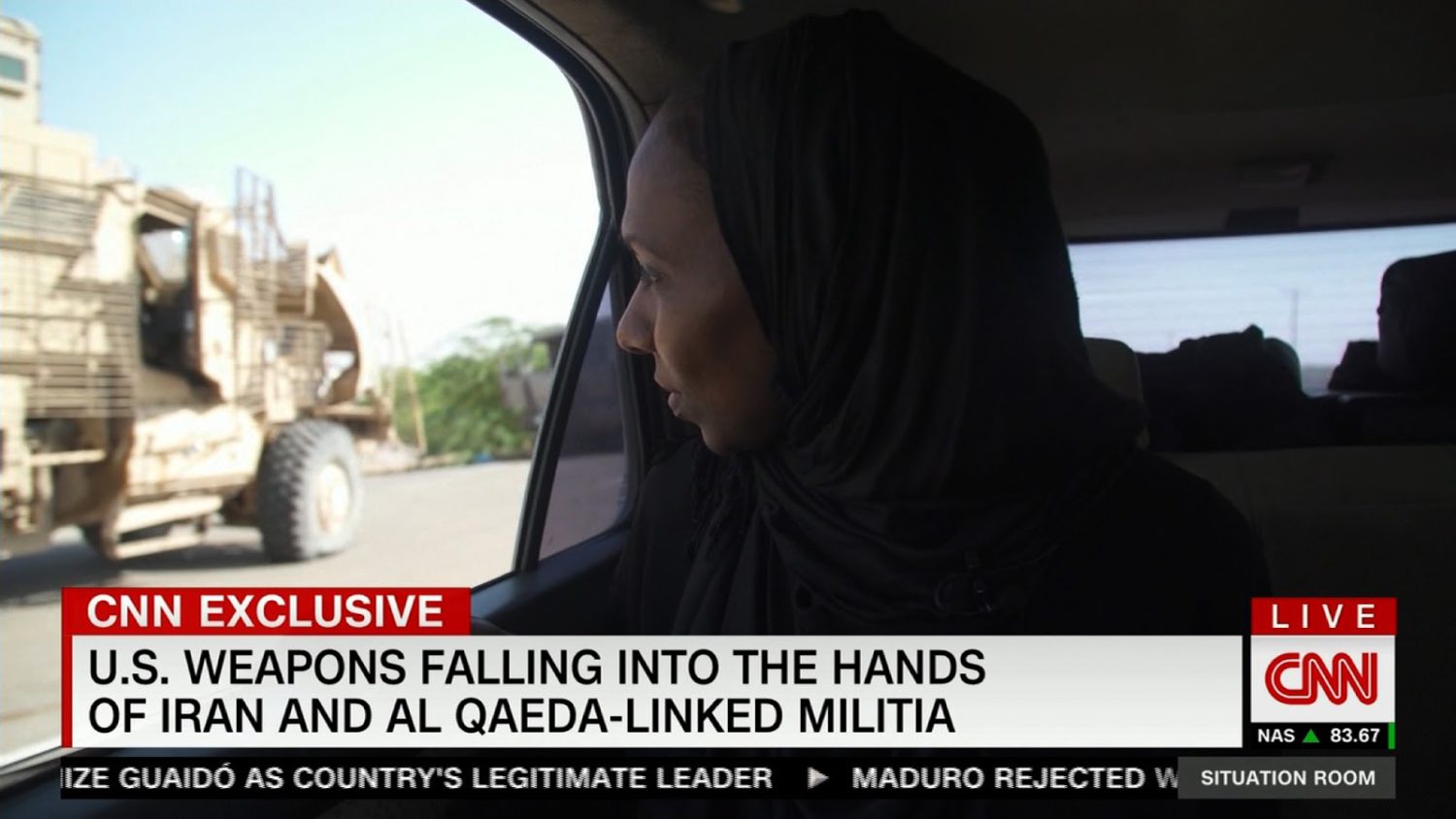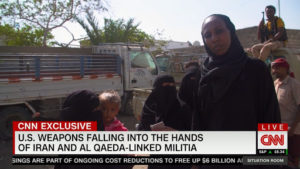It was a beautiful day in Hodeidah, Yemen, a port along the Red Sea. There wasn’t a cloud in the brilliant blue sky. But CNN reporter Nima Elbagir was ducking for cover.
Bullets were raining over her.
This was not the first time someone has tried to shoot Elbagir.
“We’ve obviously been in these kind of situations before,’’ Elbagir said.
She has been in these situations enough to know that these were not warning shots. There are no warning shots in the war between the Saudi-led coalition and the Houthi rebels. There are no rules. This moment — as Elbagir, her team and members of the coalition sped away — occurs during what is supposed to be a ceasefire.
“We were in the middle of a ceasefire … in the middle of a day, a normal day,’’ Elbagir said. “We hadn’t turned up because there was a skirmish. We had just turned up to see what was happening at the front lines and there was a violation. So how often are these violations happening when we’re not there?’’
That’s not even the most shocking part of a CNN exclusive. Those weapons that were fired at Elbagir and the coalition? They could have been made in the United States. CNN, with Elbagir’s superb reporting, has found that Saudi Arabia and its coalition partners have transferred American-made weapons to al Qaeda-linked fighters and others waging war in Yemen. That’s a direct violation of their agreements with the United States.
[expander_maker id=”1″ more=”Read more” less=”Read less”]
We’re not talking about a few guns and grenades. We’re talking about heavy weaponry such as MRAP — a light tactical vehicle designed to withstand improvised explosive devices and ambushes. Elbagir and her crew found the sides of highways littered with MRAP.
“It was like a graveyard,’’ Elbagir said. “Roads and roads.’’
Elbagir, who has won numerous awards for her work since joining CNN in 2011, is back home now in London. We spoke by telephone earlier this week about her explosive report that was 18 months in the making. She said she learned that Saudi Arabia and the United Arab Emirates, its partner in the war, have used this U.S.-manufactured weaponry as currency to buy loyalties of militias and tribes and, what CNN described, “influence the complex political landscape.’’ No one is even trying to hide it.
“I think that was what was really startling for all of us on this — just how brazen and out in the open this was,’’ Elbagir said.
Elbagir and her team were able to get up close to the MRAPs to film serial numbers to prove the equipment came from the United States. One even had an export sticker from Beaumont, Texas.
Not only can these weapons be used to fight, they can be torn apart and dissected to reveal U.S. technology. The U.S. government has launched an investigation and Senator Chris Murphy (D-Conn.) called the CNN report “infuriating but not surprising.’’
But there is more to the story, a more heartbreaking aspect that shows the human cost of these violations. The struggle has left families fighting to stay alive.
“This is during a ceasefire and yet no international organizations, no humanitarian organizations linked to the coalition were able to access the area,’’ Elbagir said.
Near the end of the 10-minute report, in a scene almost too difficult to watch, severely malnourished children with bloated bellies and sunken chests cling to life. The crux of the story was to talk about arms violations. But Elbagir and her team pushed to keep the scene with children in the piece.
“It stops aid from getting to these communities, it stops people from earning a living,’’ Elbagir said. “People can’t get out in their communities to work. People can’t often to go the marketplaces.’’
A doctor and her nurse walked through the streets to treat children.
“We were only able to show that little snapshot, but it was horrendous,’’ Elbagir said. “It was parent after parent coming up with their children. The doctor and her nurse were showing us pictures on their mobile phones of dead child after dead child. And although that wasn’t the story we set out to tell, it was a really important part of why this story matters and why people need to know that this is going on.’’
[/expander_maker]
[the_ad_placement id=”_rail_pos_1″]
[the_ad_placement id=”_rail_pos_2″]









